Devil's Island
An abandoned colonial French prison notorious for its hellish conditions.
Islands just off the shore of French Guiana look a lot like paradise. Lush forests flower in the humidity and the blue waters off the coast ring the land like a pure, refreshing belt of salty tide. But a short trip back in time, to the first half of the 20th century, shows another side of Devil’s Island, and the infamous French penal colony that made the tiny enclave world-renowned.
When Devil’s Island first opened in 1852, it became a dumping ground for anyone Emperor Napoleon III wanted to get out of France. Coincidentally, the prison was opened just in time to imprison a few hundred Republicans who opposed Napoleon’s rise to power. Besides political prisoners, Devil’s Island became home to hardened criminals, and fostered a community of 80,000 murderers, thieves and other hardened criminals at its peak.
Besides its violent clientele, the prison became well-known for the hellish conditions prisoners endured. Prisoners had to follow very strict rules. Detained in dark cells, they were rigorously forbidden to talk, smoke, read, or even sit before nightfall. They were locked up alone in a tiny cell whose ceiling was a grid so that guards could keep a close eye from a raised footbridge above, where they patrolled in slippers to catch them prisoners by surprise). Convicts were expected to maintain complete silence; talking to a guard often ended up in a punishment.
Amid dreadful living conditions, one out three inmates died there from diseases inherent to the area, as well as other causes such as hunger and violence. Summer heat fostered diseases, sharks circled the island and the few escapees who made a go of it were either never heard of, or became stories speckled with reports of cannibalism in the Guianan jungles.
These terrible living conditions were eventually exposed to the general public, and the imprisonment system ended in 1938. The penal colony at Sant Joseph island was not closed until after World War II, however, finally shuttering in 1946. There were some attempts to occupy the island after that: a summer camp, a police station, a plant oil factory, and even a shark fishing factory. But all these initiatives failed. The island were finally abandoned and the buildings overtaken by nature.
Some of the colonial structures on the island have since been restored, and opened to visitors to explore its dark history. Today, the remnants of the penal colony speak only ghostly murmurs of the island’s cruelty and violence. Although many of the ruins have collapsed under the jungle and elements, visitors to the island are permitted to explore the empty remains of Devil’s Island.
Community Contributors
Added by
Edited by
The Atlas Obscura Podcast is Back!
























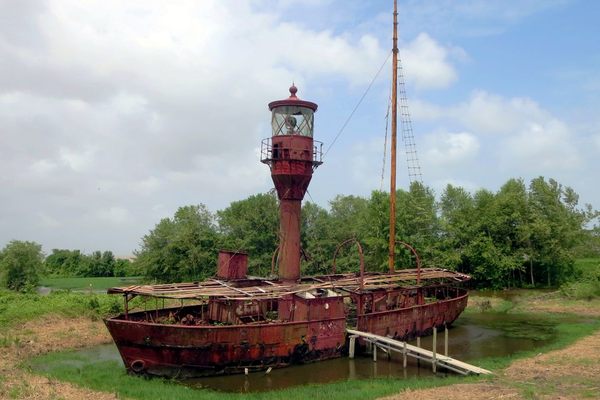
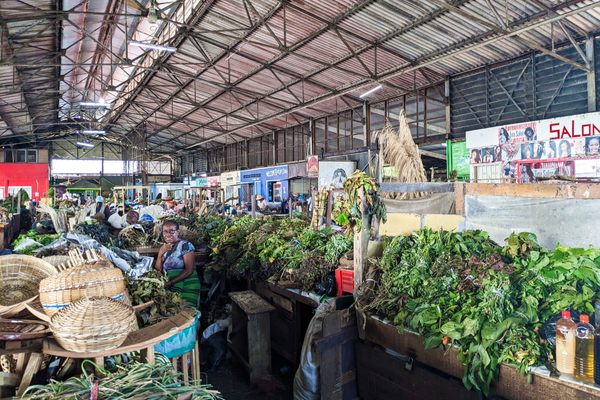
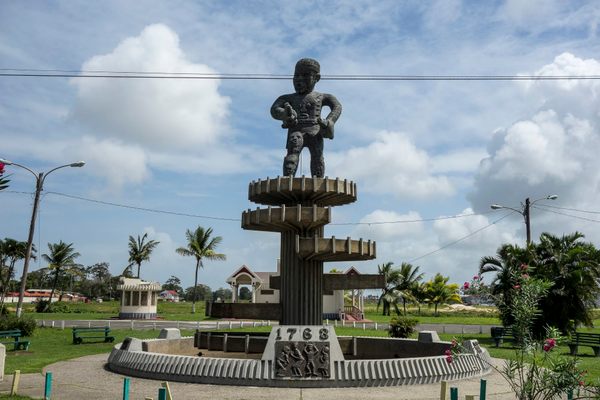



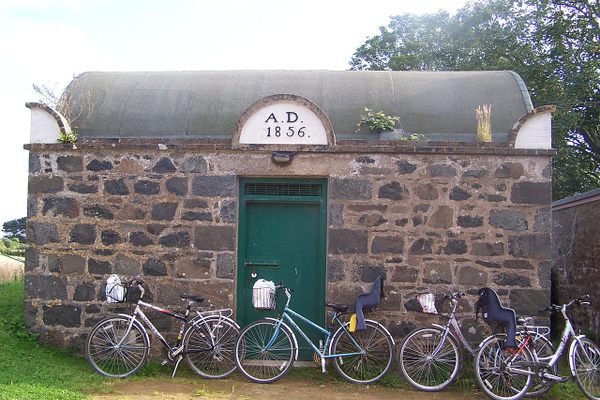
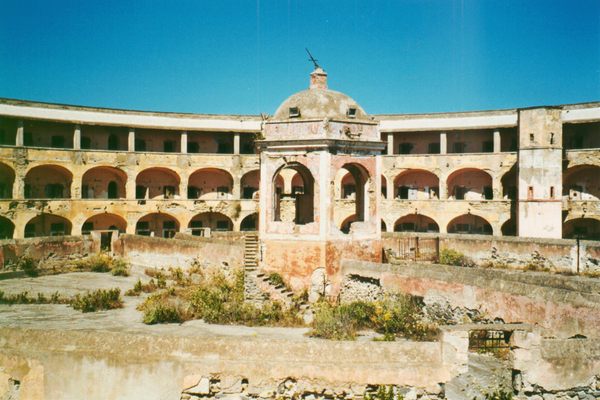

Follow us on Twitter to get the latest on the world's hidden wonders.
Like us on Facebook to get the latest on the world's hidden wonders.
Follow us on Twitter Like us on Facebook